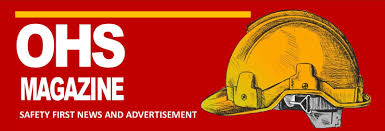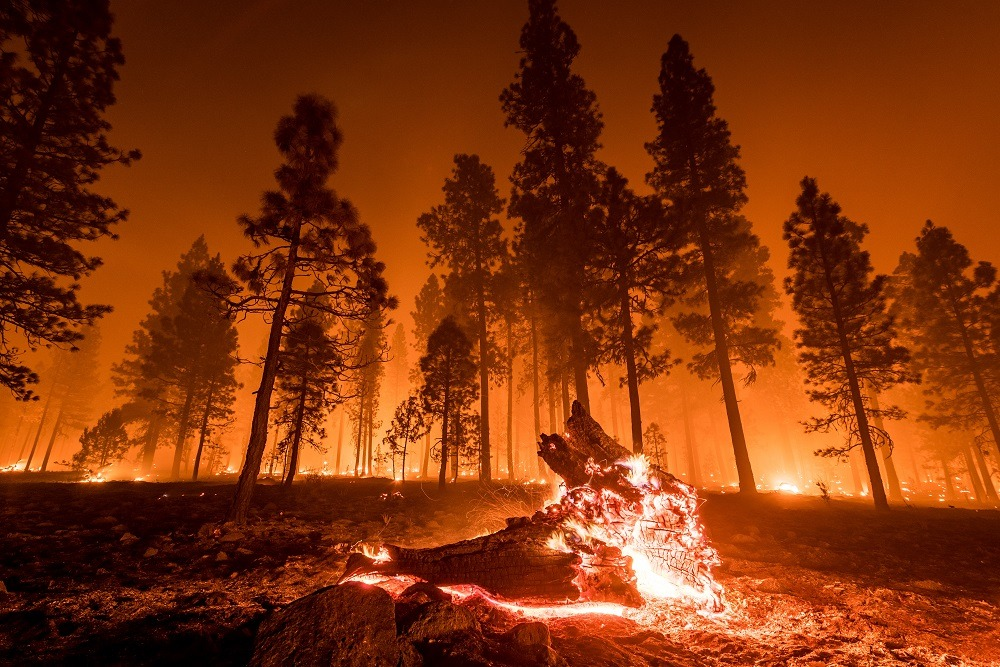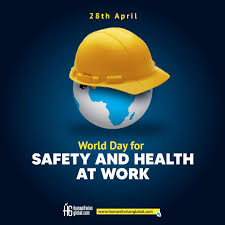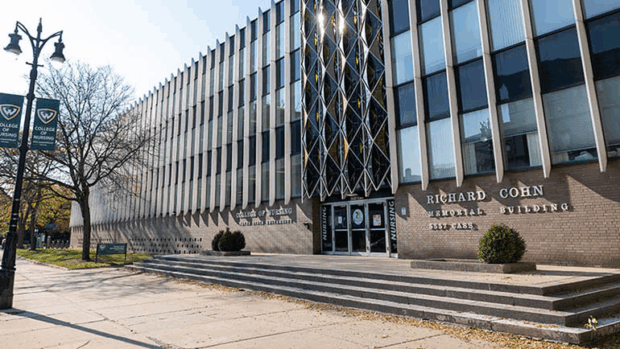Seasonal Fire Risks: Preparing for Wildfires During Hot and Dry Conditions. As temperatures rise and rainfall diminishes, the threat of wildfires becomes a pressing concern for many regions worldwide. The hot, dry conditions typical of summer and early autumn create the perfect environment for fires to ignite and spread rapidly, posing a significant risk to both communities and ecosystems. Proactive preparation and awareness are critical to mitigating these risks and ensuring safety.
The Science Behind Wildfire Season
Wildfires are natural occurrences in many ecosystems, often playing a role in regenerating vegetation and maintaining ecological balance. However, the increasing frequency and intensity of wildfires in recent years have been largely attributed to climate change. Extended droughts, higher average temperatures, and erratic rainfall patterns have all contributed to drier landscapes, making them more susceptible to fire.
High-Risk Areas
Certain regions are more prone to wildfires due to their climate and vegetation. For example:
- Mediterranean climates (e.g., California, parts of Australia) experience long dry seasons with hot temperatures.
- Grasslands and savannas are at risk due to their flammable vegetation.
- Forested areas can quickly become tinderboxes during prolonged droughts.
Human Factors
While natural causes like lightning can spark wildfires, human activities are responsible for the majority. Improper disposal of cigarettes, unattended campfires, and even sparks from machinery can ignite devastating blazes. Urban expansion into wildfire-prone areas has also increased the potential for human involvement in such incidents.
Steps to Prepare for Wildfire Season
1. Creating Defensible Space
Homeowners in wildfire-prone areas are advised to create a defensible space around their properties. This involves:
- Removing dead plants, leaves, and debris.
- Trimming tree branches at least 10 feet away from structures.
- Using fire-resistant plants for landscaping.
2. Emergency Kits and Evacuation Plans
Every household should have an emergency kit containing essentials like water, non-perishable food, first aid supplies, and important documents. Additionally, families should establish a clear evacuation plan, including multiple escape routes and designated meeting points.
3. Staying Informed
Local authorities often provide updates on fire risks through weather forecasts and emergency alert systems. Monitoring these updates can provide early warnings and guidance on whether evacuation is necessary.
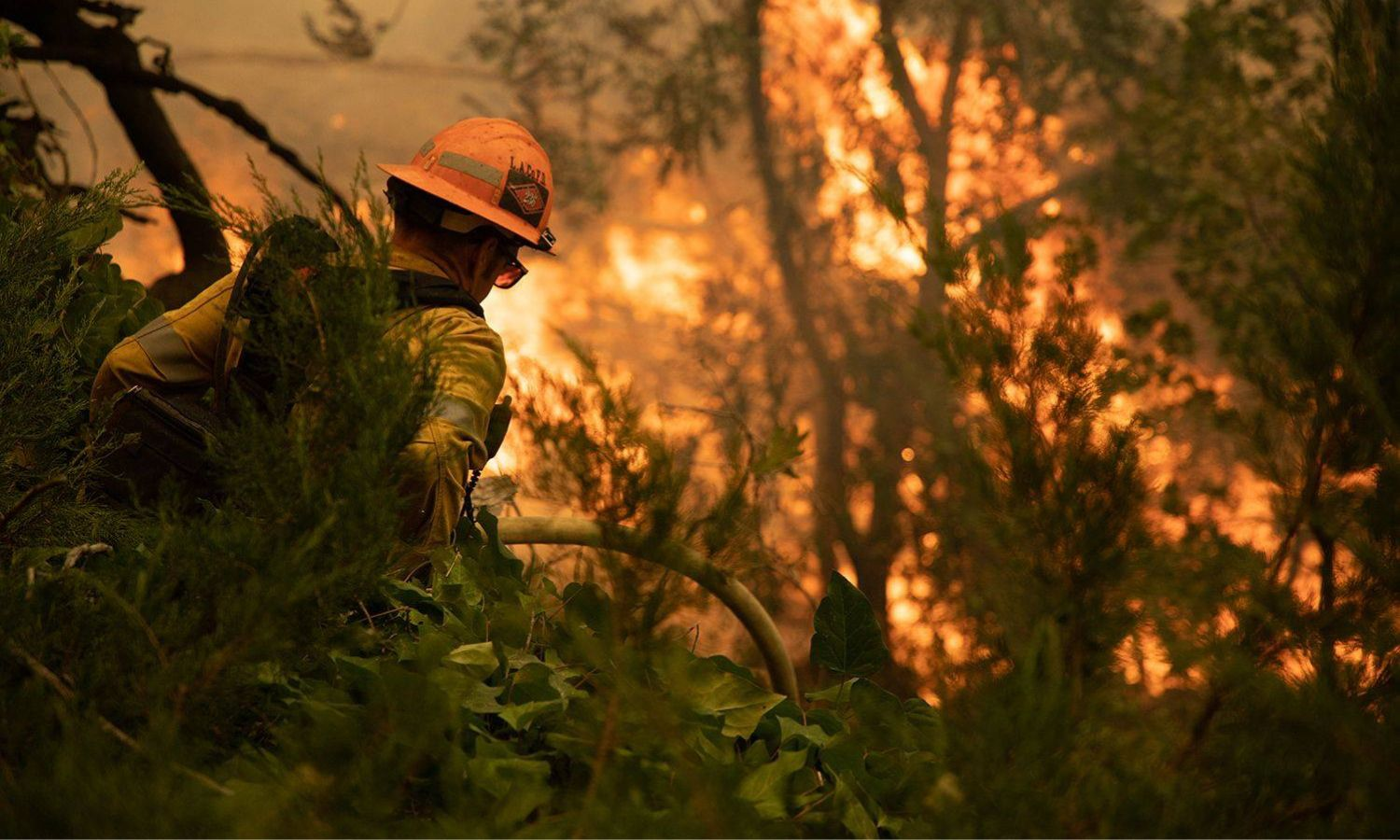
4. Responsible Behavior
To reduce the risk of accidental fires:
- Avoid outdoor burning during high-risk periods.
- Extinguish campfires and barbecues completely before leaving them unattended.
- Dispose of cigarettes and other flammable materials responsibly.
Community and Policy Efforts
Governments and local agencies play a critical role in wildfire prevention and response. This includes enforcing burn bans during high-risk periods, investing in fire-fighting resources, and educating the public about fire safety. Community initiatives, such as neighborhood wildfire preparedness groups, can also enhance collective resilience.
The Role of Technology
Advancements in technology have bolstered wildfire detection and management. Satellite imagery, drones, and AI-driven early warning systems enable faster identification of fire outbreaks, helping firefighters respond more effectively. Smart home devices, such as air quality monitors and smart sprinklers, provide additional layers of safety for homeowners.
A Call to Action
As wildfire seasons grow longer and more intense, everyone has a role to play in reducing the risks. By staying informed, taking preventative measures, and supporting community efforts, individuals can contribute to a safer and more resilient future.
Wildfires may be a natural part of many ecosystems, but with the right preparation and response strategies, their devastating impact on human lives and property can be significantly minimized.
